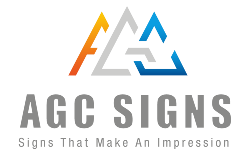Today we're going to take a look at what is involved in event planning.
We've been in the custom sign industry in Ontario for over 10 years and we'd love to share our expertise with you.
We'll take a look at the various steps involved in event planning to help you make yours a success. So let's get going.
Discover the key to effective event planning
Event Planning 101 - Your Complete Guide
If you have an event that you would like to hold, but you aren't sure how to even get started, then this post is for you. Click on the links below to go immediately to the steps.
Step 1: Set a goal for your event
Step 2: Determine Your Budget
Step 3: Put a Team Together
Step 4: Choose the Best Date
Step 5: Market Your Event
Step 6: Getting the Right Signage for Your Event
Types of Events
An event can be business related, social, or something in between the two. The type of event you are planning will dictate to some degree the steps you need to take to plan your event. Special events usually fall into one of the following categories:
Promotional: These types of events are held to promote or build awareness of something. They could include a new product launch, a political rally to promote a candidate or party, or a fashion show to promote a new line of clothing.
Educational: The purpose of some events is to educate the attendees. These types of events include gatherings like conferences or meetings.
Celebratory: Other events are strictly held for the purpose of celebrating something such as a birthday, anniversary, wedding, parade, fair, or reunion.
Commemorative: A commemorative event is held to remember something. These could include memorial services, Remembrance day services, or civic events.
Some event are celebratory such as a fair
Event Planning: Steps to Take
Step 1: Set a goal for your event
Setting a goal for your event will help you stay focused throughout the event planning process. Begin by deciding what you want to achieve with your event and why you are holding it.
For example, if you are launching a new business and you are planning a grand opening then your overall goal could be to raise awareness for your new business. You can then set a measurable goal such as having 500 people visit your business during your grand opening.
This type of goal setting will help you plan the size of your event and it will allow you to measure its success by whether or not you reached that goal.
The first step in event planning is setting a measurable goal such as how many people attend
Step 2: Determine Your Budget
Setting a realistic budget for your event is a very important part or event planning. How much you have to spend will affect what you can and cannot do at your event.
If your budget is tight then you may have to prioritize which parts of your event are more important. Some of the key areas where you will encounter expenses include:
Food and Beverages: Will you be providing food for your guests or will there be food available for purchase?
Venue: Will you need to rent a space to hold your event or will it be held somewhere that your business already owns?
Insurance: Will you need to purchase insurance for your event?
Entertainment: Will you be providing some sort of entertainment such as live music or a DJ, a magician, or other performers?
Decorations: Will you be putting up any special decorations such as balloons, flowers, or streamers?
Promotional Signage: Will you want banners or signage put up on or even before the event date to promote your event?
Other Marketing: Will you advertise your event online or hand out flyers?
Staff: Do you need to hire extra people to help you at the event?
Technical Equipment: Do you need to rent A/V equipment such as microphones, projectors and speakers?
Miscellaneous: It's always a good idea to leave yourself some wiggle room in your budget to cover expenses that come up that you haven't thought of ahead of time.
If you are serving food, you need to include that in your event planning budget
Step 3: Choose the Best Date
If this is a new event you will need to set the best date for it; if it is a yearly event then your date may already be predetermined. When choose the best date, here are some things to keep in mind:
Leave yourself plenty of time to get all of your preparations done
Take into account any holidays that may fall around the time of your event
Check available dates for your chosen venue and guest speaker or entertainers.
Once your date is set you can book your venue, guest speakers, caterers, extra staff, etc.
Step 4: Put a Team Together
Unless your event is incredibly small, like an intimate birthday party, you will probably need help putting it together. If you are event planning a larger event then you will need a more organized team that probably consists of an Event Chairperson plus individual sub-committees. These committees could include:
Entertainment/guest speaker committee
Venue management committee
Marketing committee
Sponsorship committee
Decorating committee
Setting up committees is a great way to delegate a lot of the individual tasks of your event planning and it provides you with a certain amount of accountability so that tasks don't get forgotten about or left undone.
Set up sub-committees and delegate tasks
Step 5: Market Your Event
If you want people to attend your event, then you need to publicize it. Your publicity could include:
Announcing it on your website
Marketing it through social media like Facebook and Instagram
Sending out email blasts to your contact list
Having marketing materials printed up
Putting up custom signage
Step 6: Getting the Right Signage for Your Event
Having the right kind of signage can make all the difference to the success of your event. Event signage can serve a number of crucial roles such as:
Creating Awareness for Your Event: You can have custom banners printed up ahead of time to let people know that your event is happening. You could also use vehicle graphics, and digital signs to create even more awareness and let people know the event details ahead of time.
Custom banners can raise awareness of your event
Giving Direction During Your Event: Wayfinding signs are and extremely important and often forgotten about type of signage. These signs will help direct your attendees to your venue, let them know that they are in the right location, and show them know which way to go.
Once inside your venue, you can use signage to direct people to different areas of your event as well as to facilities such as washrooms and elevators.
Educating Your Attendees: Interior signage can help you educate your attendees about your products, services, or your cause. You can use different types of signage such as free-standing banners, hanging banners, wall murals and prints to get your message across. Signage can also be a great way to further promote your brand.
If you are event planning and need the perfect signage, contact the signage experts at AGC Signs.
We have over 10 years of experience in the signage industry in Ontario, so we can help you design the perfect sign.
We strive to exceed industry standards by providing our clients with superior signage solutions through in-house custom design, fabrication, and installation. We do it all from start to finish - that’s why AGC Signs is your one-stop signage destination.
All of our technicians are highly skilled and extremely hard-working. We also use only top-of-the-line equipment to make and install your custom signage. You can trust us to do the job right; we do all of the work ourselves and never subcontract it out. Contact us today for a free quote.
"I have used AGC Signs for our last 3 projects. I have found them very professional and cost competitive. They have also been very informative in helping with the design and production of our business sign and vinyl window graphics. I will not think twice in using them on our next project."
- Greg Halsall





